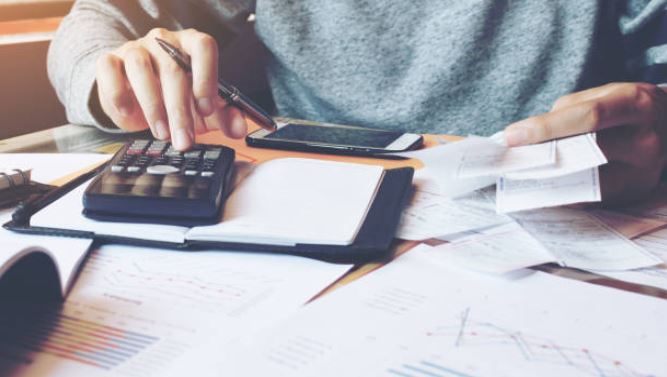How to Maximize Your Tax Refund
Debbie Bongard - Jun 25, 2018
Remember that your tax refund is a portion of your hard earned income that you have lent to the Canadian government for 12-months, free of interest. When you attach this context back onto your tax refund, you might rethink how you choose to spend it.

For many Canadians, their annual tax refund holds the same implications that discovering a forgotten $20 bill in your pocket does, “what can I spend this on?”. It is incredibly tempting to see your tax refund as bonus earnings and put it towards some means of instant gratification. However, remember that this extra cash is a portion of your hard earned income that you have lent to the Canadian government for 12-months, free of interest. When you attach this context back onto your tax refund, you might rethink how you choose to spend it.
The first step in choosing the best course of action for your tax refund is to identify your short and long term financial goals. You may be planning to buy a house, expand your family, save for retirement or you may be juggling a few financial priorities at once. You will be able to maximize your returns’ potential if you choose to incorporate your refund into a broader financial plan. Below, I outline 7 possibilities on where to spend your tax return.
-
Pay down bad debt. Credit card debt builds quickly and will most likely have the highest interest rate of any loan. If you are a fresh graduate, or young adult struggling for air under exorbitant student loans or credit card debt, consider making a lump sum payment. Paying down your debt first will save you money in interest later; simply, you are guaranteed a rate of return equal to your interest rate on the debt.
-
Contribute to your RRSP or TFSA. Build your retirement fund by making a contribution to your savings plan. By making a contribution to either your RRSP or TFSA account, you will benefit from growing your money in a tax-sheltered environment for a longer period of time.
-
Make a lump sum payment to your mortgage. If you have a mortgage, check the terms of your mortgage for making additional payments penalty free. Most mortgages will allow you to make a lump sum payment of approximately 5% to 25% of the mortgage value. Putting your tax refund towards this will save you significant money in interest costs later.
-
Create an emergency fund. An emergency fund should be kept separate from your regular bank account, for instance, in a high-interest savings account or TFSA. This fund can help to cover life’s inconveniences and small emergencies such as, your car breaking down, a large vet bill, or home repair expenses. It can also be used to cover your short term living expenses if you lose your job. You should have at least three months’ salary as a safety net to aid your transition. If you are self-employed or feel at risk of unemployment, save six months’ salary.
-
Invest in your children’s education. A deposit to a RESP could be eligible for a 20% grant from the federal government for children up to the age of 18 for contributions of $2500. If you maximize your contributions each year, you could earn up to $7200 per child in lifetime Canada Education Savings Grants.
-
Buy life insurance. This is a smart financial strategy for many reasons: protecting the financial well-being of your survivors, reduce some of the tax liabilities associated with death and equalizing your estate. A tax refund can also help to cover the cost of a premium on the insurance policy.
-
Donate to a charity. Philanthropy is not only meaningful and impactful but strategic in that you will be using your tax refund to create more tax savings for yourself.